If only walls could talk, what would yours say? Nothing makes a home feel old and decrepit like cracked and uneven walls. Whether you’re building a new extension, have old plaster that needs replacing or need to skim a cracked ceiling, it’s worth employing the professionals. Transforming walls can be a messy business, and plastering is trickier than it looks.
The process of creating plasterwork, otherwise known as plastering or rendering, has been used in building construction for centuries. It is now used for interior or exterior wall structure, or for decorative mouldings on ceilings or walls. Although a building task that looks pretty simple, the art of getting a good, smooth finish that actually adheres to the wall is more difficult than you might think. It takes a great deal of training and practical experience for professional plasterers to learn their trade.
A professional plasterer will take account of the age and type of building, and will use the correct plaster and tools for the job. The likelihood is that a plasterer will complete the job much faster too. That means less mess and disruption, and being able to decorate your newly plastered space as soon as possible. Not forgetting completing a job that will look good for many years to come.
Plaster may seem to be pretty generic stuff, but in fact there are many different types. Older properties for example may have lime plaster, yet more modern buildings will have gypsum type plasters. Using modern plasters on older buildings can lead to more problems than it solves by preventing the wall’s ability to breathe.
Saving Energy
As we begin to look for newer and smarter ways to lower the energy usage in our homes, it’s worth thinking about the thermal insulation offered by rendering. This relatively simple process enhances the ‘look’ of your home but, first and foremost, it exists to improve the seal of your home. The better the seal, the lower your energy output as heat ceases to escape through external walls.
Coving
Coving has become immensely popular over the past few years, and is an ideal way of adding elegance and style to your home. In its basic form, coving is a piece of curved plasterwork that covers the right angle where the ceiling meets the wall. Its primary function is to soften the angles of a room, please the eye, and create a sense of ‘completion’. In addition, it serves a practical purpose in that it covers unsightly cracks.
The installation of patterned or decorative coving is no longer a long drawn-out process involving many weeks of plasterwork drying out. Professionals can fit current coving panels in a matter of hours with no drying out period needed.
There are numerous different styles of coving to choose from, and panels come in a range of different colours and finishes. We offer guidance and advice on the different types of coving to best suit the size and dimensions of your rooms. Most popular are:
- Georgian Coving –a celebration of the classical era and favouring the type of motifs and patterns found in ancient Greek art. Multiple patterns may be used in one coving panel to provide multi-layered texture.
- Victorian Coving – quite shallow and projecting quite a distance onto the ceiling, this coving is seen in large period houses. It favours ridges and curves, and often features decorative plasterwork in the shape of leaves.
- Edwardian Coving – interior design transformed post Queen Victoria’s death whereupon coving changed its shape and style. Slim vertical lines replaced the fussy Victorian cornice.
- Art Deco Coving – ideal for shaping a dash of creativity. Since 1925, this style favours stepped motifs and sunshine ray designs for modern lines and texture.
Our plasterers create smooth and flawless plaster surfaces both internally and externally. Whether you’re looking to finish a room in preparation for decorating, or elegant coving is required for your dining room, it’s worth getting a professional in to do the job well. We offer our clients the following guarantees:
- Strong reputation for experienced and excellent craftsmanship.
- Highly professional. We arrive on time and complete work according to deadlines.
- Up to date health and safety training.
- The job is only complete when our clients are satisfied.
- Every job is guaranteed.
Our tradesmen trade on their reputation. After all, plasterers are only as good as their last plastering job. It’s not enough to be a master plaster, but we also provide our clients plasterers who are polite and those that clean up after themselves.




